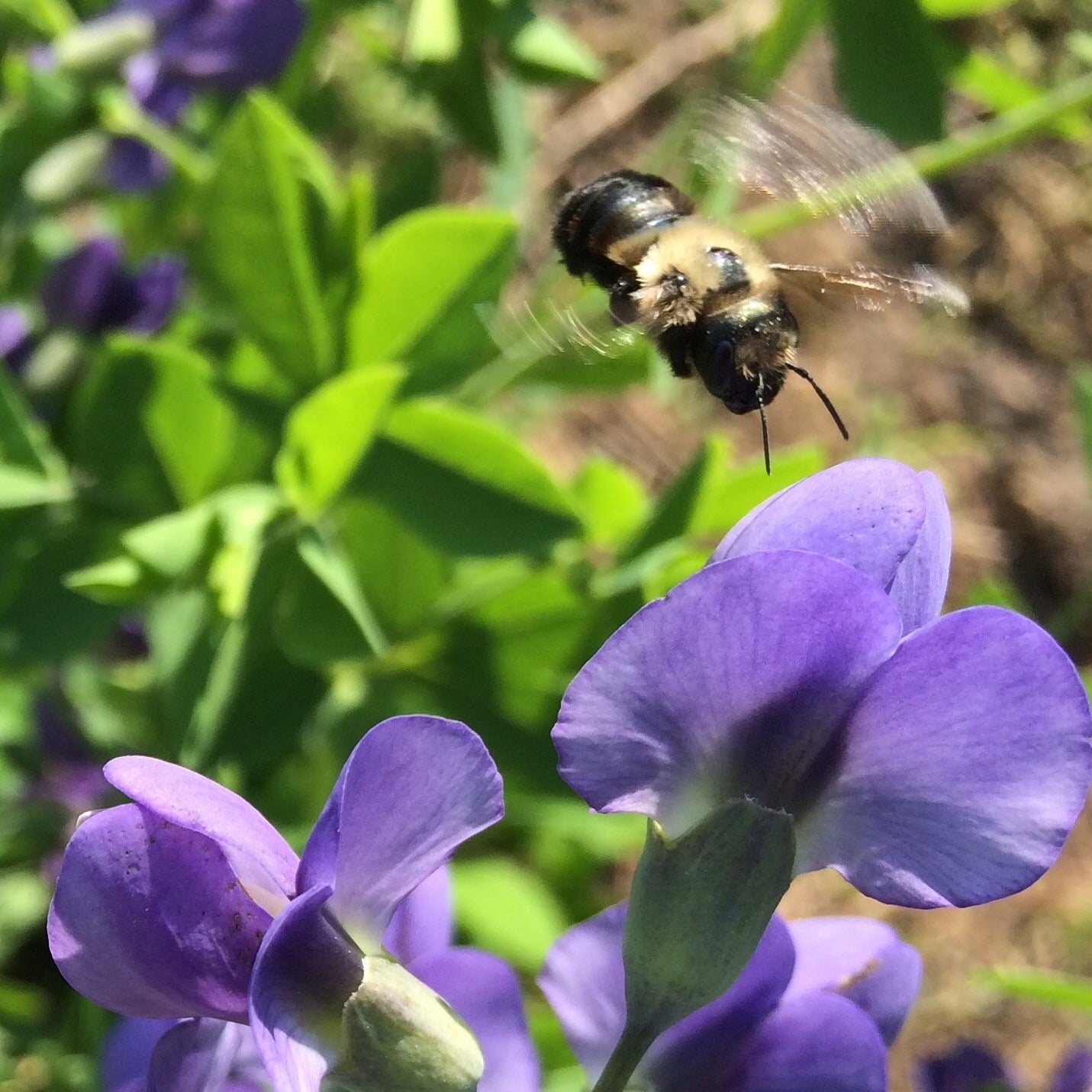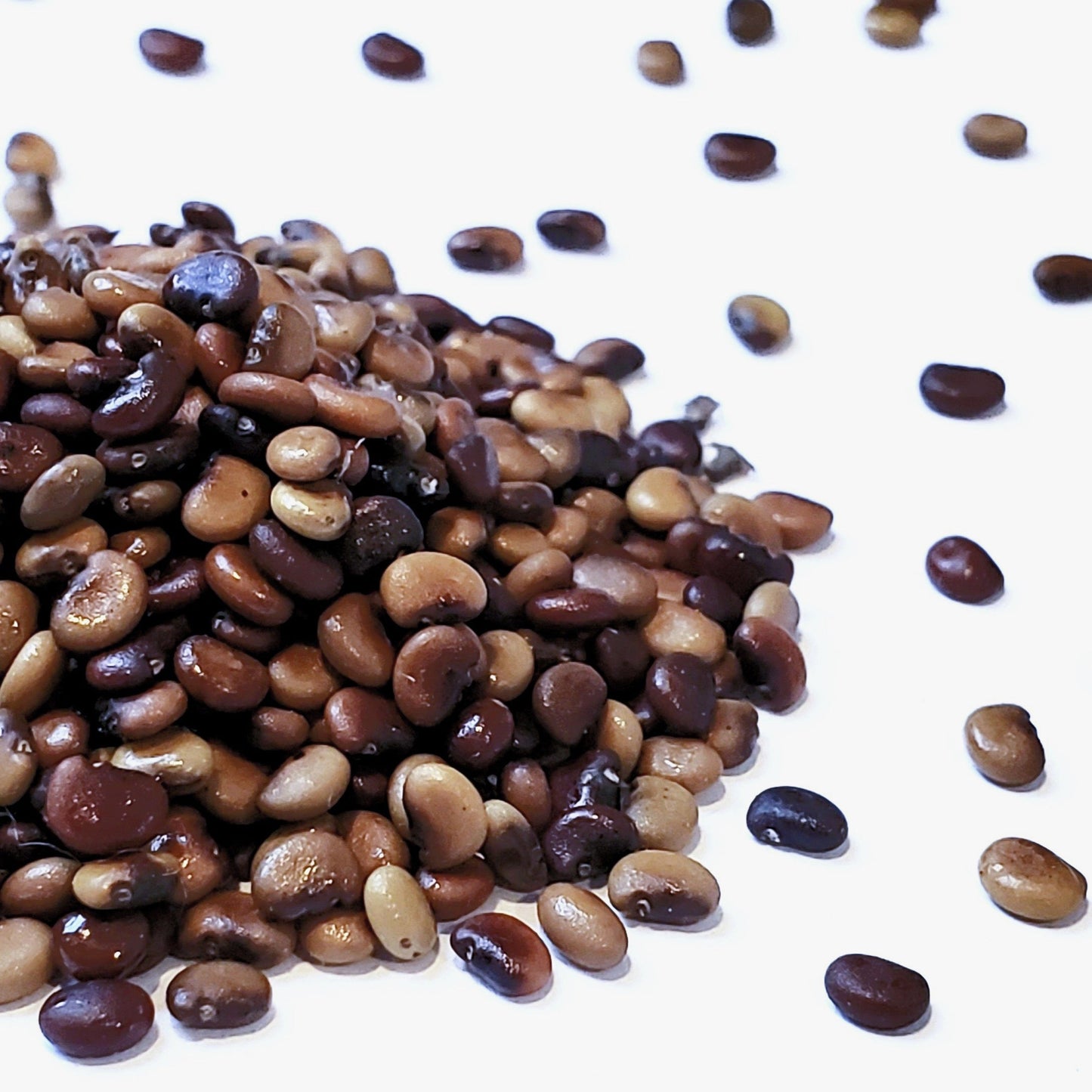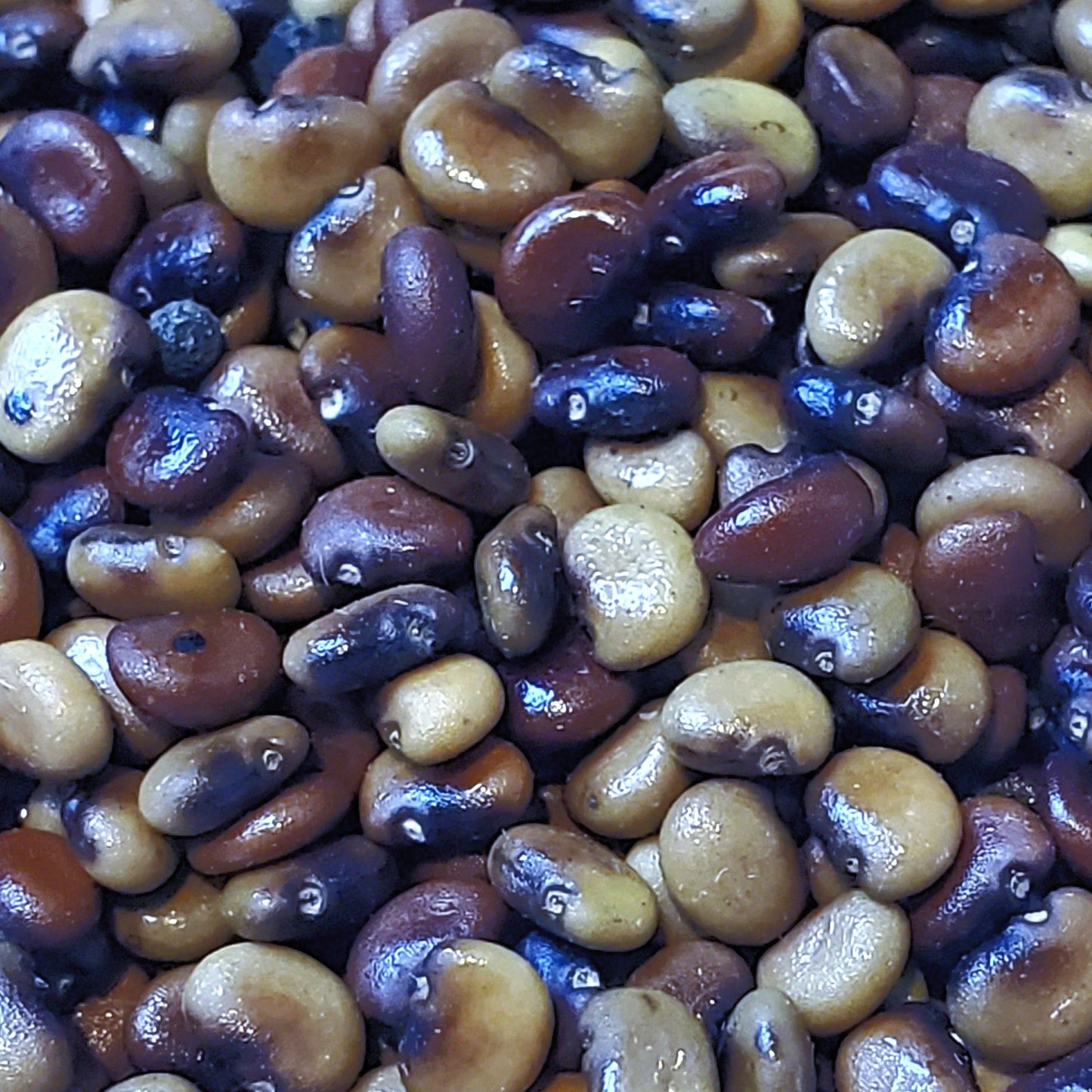Indigo, Wild Blue (Baptisia australis)
List Price: $4.00
Couldn't load pickup availability
Baptisia australis, commonly known as Blue Wild Indigo or Blue False Indigo, is a flowering plant in the Fabaceae (legume/pea) family. They are native to central and eastern North America and common in the Midwest. Naturally Indigo can be found growing wild along streams and meadows and along the borders of woods.
Wild Indigo is an excellent choice for developing a low maintenance garden with a lot of positive ecological impact. They are drought tolerant, and need no pruning nor fertilization. They also benefit the habitat by fixing nitrogen in the soil. Wild Indigo is gorgeous when in bloom with the brightly colored blue flowers arranged in spikes that stand out and get noticed. The pods have also been used in dried flower arrangements and were once used as rattles for babies.
False Blue Indigo is important for bumble bees and butterflies and many different butterfly caterpillars like its blue-green foliage. The Cherokee used Baptisia australis as a source of blue dye, a practice later continued by European settlers. Native American nations also called upon the roots in teas as a purgative, for tooth aches and to help allay nausea. The Osage people made an eye wash with the plant. Present day uses are many and make use of its' decongestant, anti-inflammatory, digestive properties.
Flower photo credit: Erin O'hara





